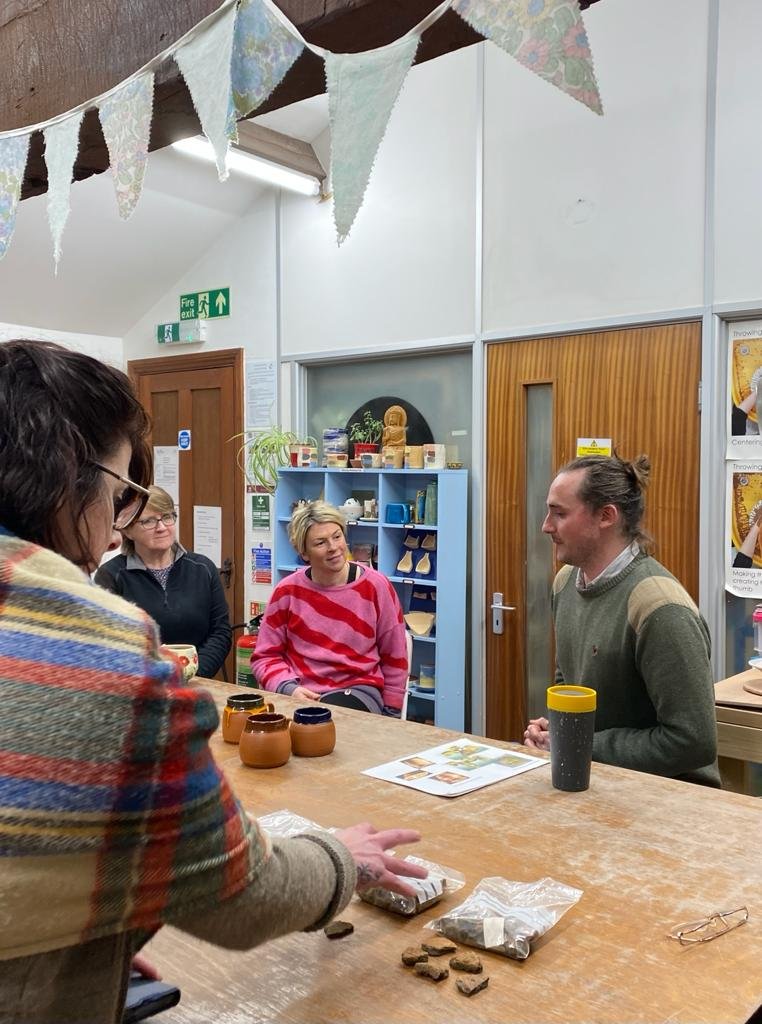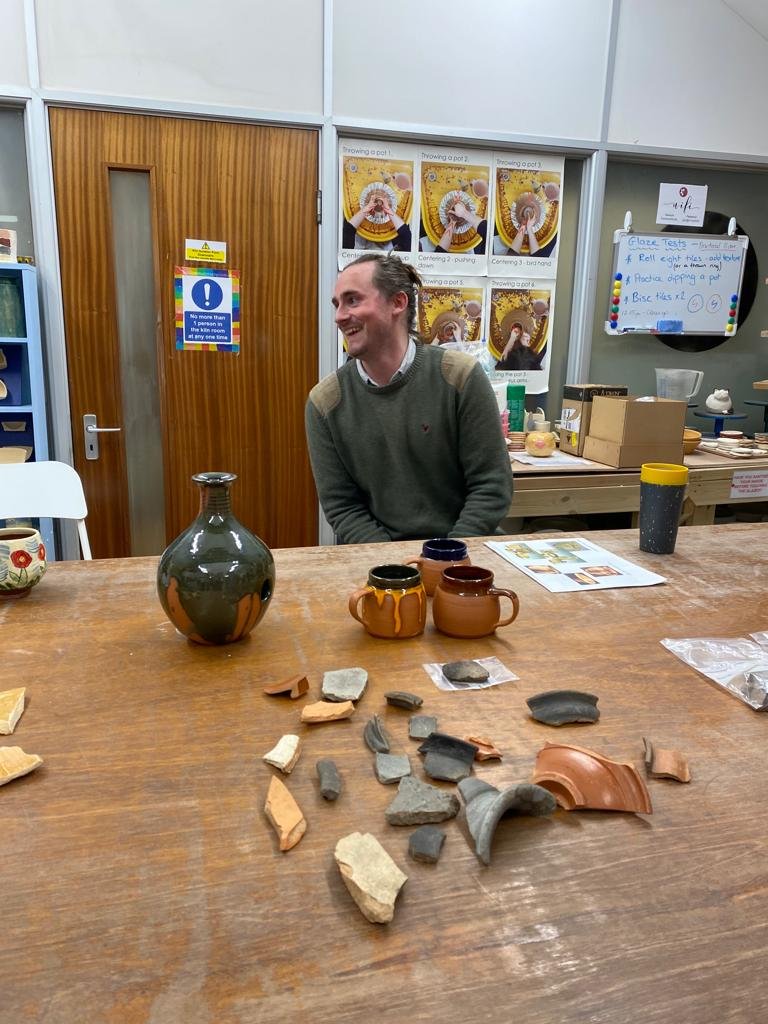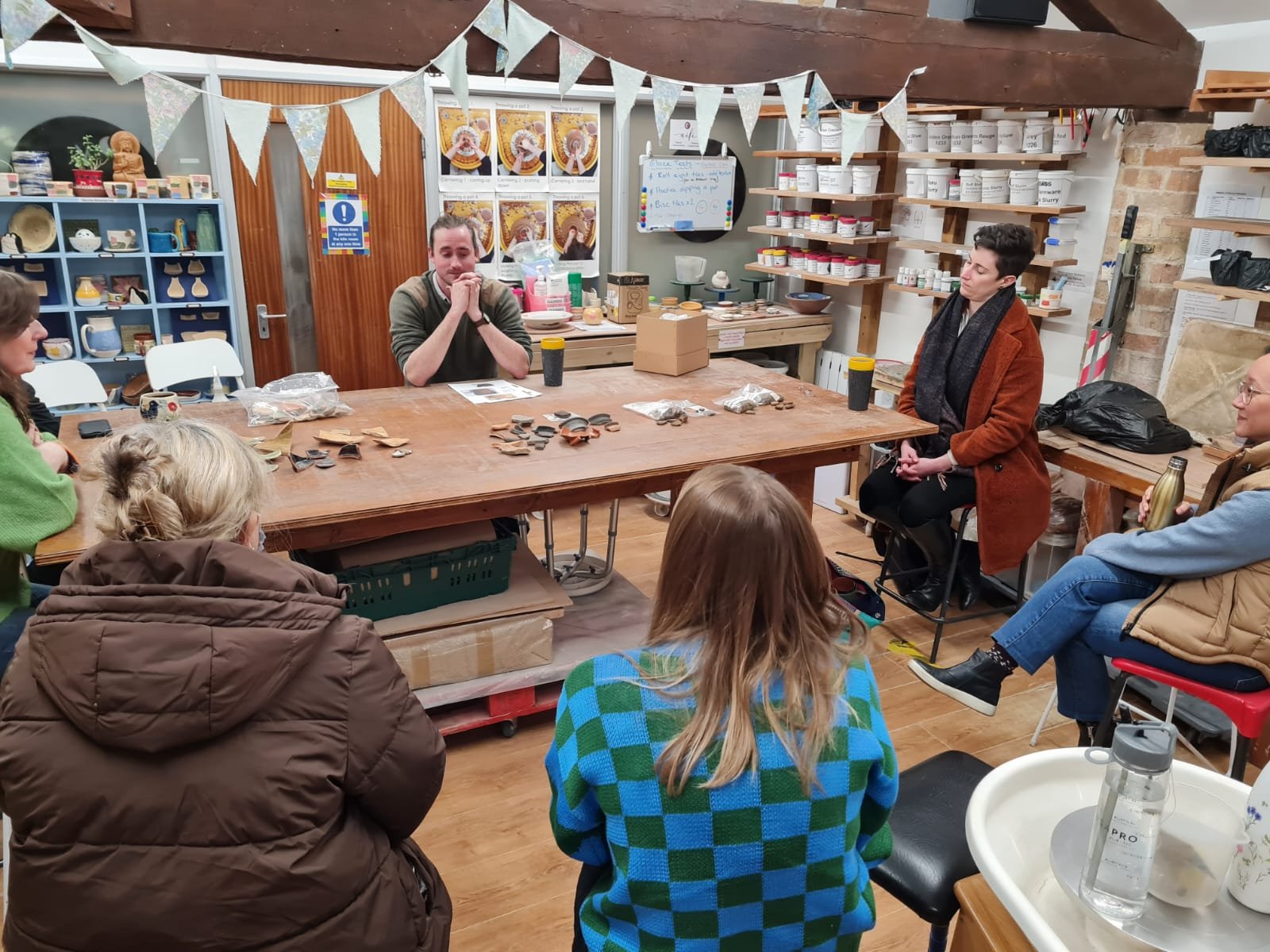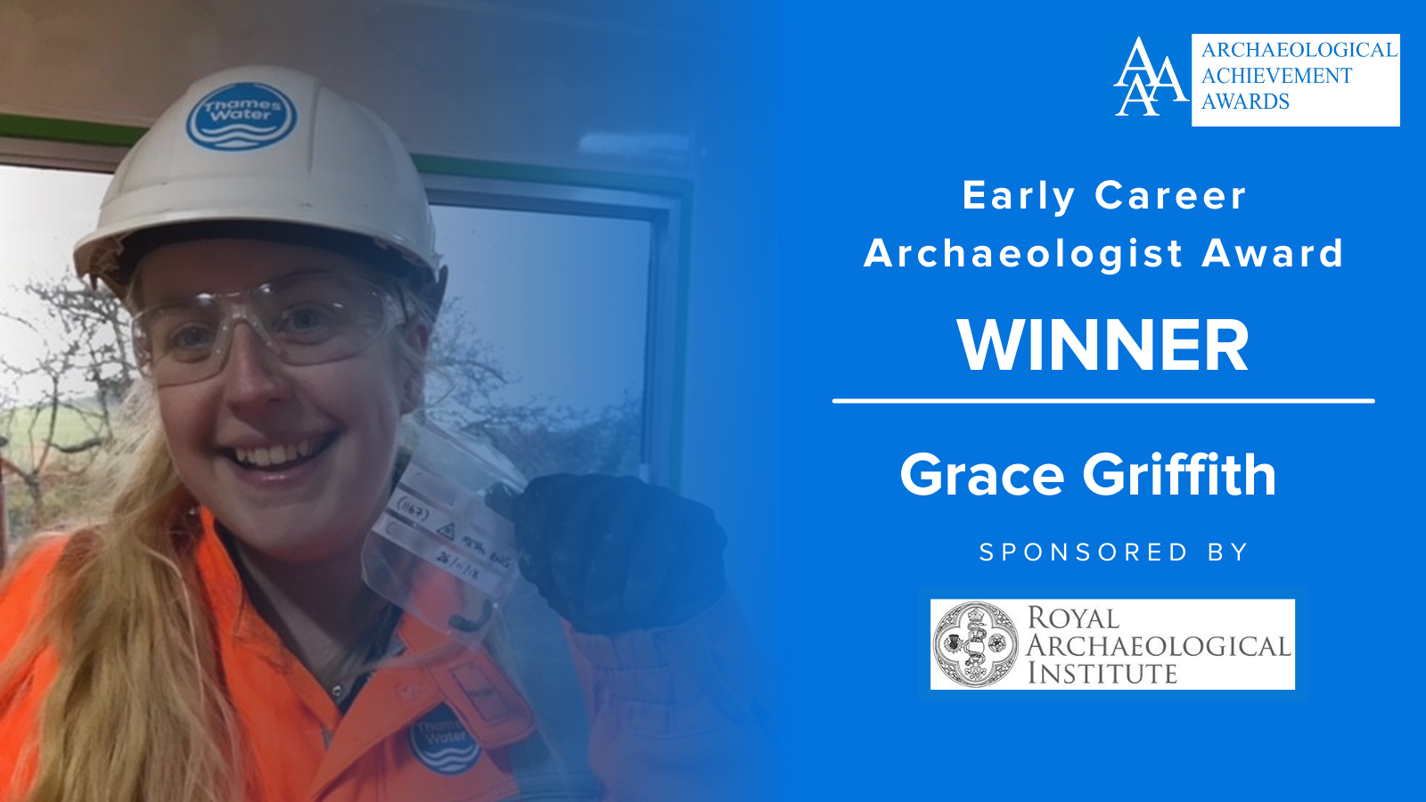ARCHAEOLOGY IN MODERN QUARRIES OF THE UK: PLANNING POLICY, METHODOLOGIES AND IMPACTS FROM THE PERSPECTIVE OF A SMALL-TO-MEDIUM-SIZED ARCHAEOLOGICAL UNIT
Braun, Brandon - Guaggenti, Alessandro (John Moore Heritage Services)
Material extraction at modern quarries radically alters the landscape, impacting not only the natural environment, but also historical and cultural environment. By its very nature, quarrying permanently removes the archaeological horizons in which any extant cultural features exist. In the UK, this risk of loss is mitigated by legislation and policy guidance as part of the planning process for any project, primarily through the National Planning Policy Framework (NPPF), which grew out of the PPG16 policy introduced in 1990, based on the ‘polluter pays’ principal. The NPPF was originally published in 2012, was updated in 2019 and is currently under review as of 2023.
Over that same period in the last decade, John Moore Heritage Services (JMHS) has undertaken more than a dozen developer-funded projects, ranging from desk-based assessments to various stages of fieldwork, at several quarry sites around England. Several on-going projects are distributed throughout the archaeologically significant areas of the Upper and Middle Thames valley, a number of which are presented here as case studies. This paper analyses these projects, examining how the methodologies and research aims satisfy the current requirements of the NPPF and how this has changed over time. It also addresses the importance of projects at quarry sites for a small-to-medium sized archaeological units such as JMHS, reflecting on the challenges posed and opportunities offered to the company and the archaeologists employed within them. At the same time, the paper emphasizes the relative strengths of heritage companies such as JMHS in the context of modern quarries, such as their ability to build durable professional relationships or to quickly adapt time scales and methodologies as needed for site/project specific circumstances. Finally, the paper discusses issues regarding the relevance of archaeology within the wider industry it is embedded within, in the context of quarry excavations.











